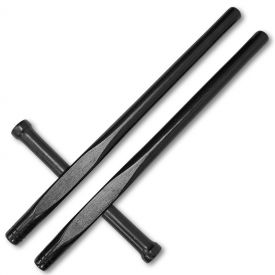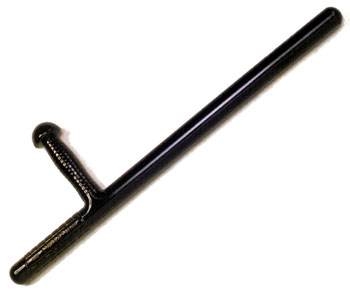DreadPirateMurphy
Explorer
I checked with my wife, who is fluent in Korean.
"Geom" basically means sword. Looking online, I came across various references to "in-geom," or tiger swords.
Here is a link to the Macao Museum of Art:
KOREAN SECTION SWORDS LIST
The "sa-in-geom" was a short, straight-bladed sword granted by the king to a royal guard or general. In D&D terms, I would call it a masterwork short sword.
This is the closest to the D&D weapon for any real weapon that I've seen, in terms of pronounciation and anglic spelling. It's possible that there was confusion about the fact that "sa-in-geom" were only forged at specific times and given to specific users, and so it was seen as a "special" weapon.
It's also possible that the similarity is just coincidental, and the name derives from a language other than Korean.
"Geom" basically means sword. Looking online, I came across various references to "in-geom," or tiger swords.
Here is a link to the Macao Museum of Art:
KOREAN SECTION SWORDS LIST
The "sa-in-geom" was a short, straight-bladed sword granted by the king to a royal guard or general. In D&D terms, I would call it a masterwork short sword.
This is the closest to the D&D weapon for any real weapon that I've seen, in terms of pronounciation and anglic spelling. It's possible that there was confusion about the fact that "sa-in-geom" were only forged at specific times and given to specific users, and so it was seen as a "special" weapon.
It's also possible that the similarity is just coincidental, and the name derives from a language other than Korean.




